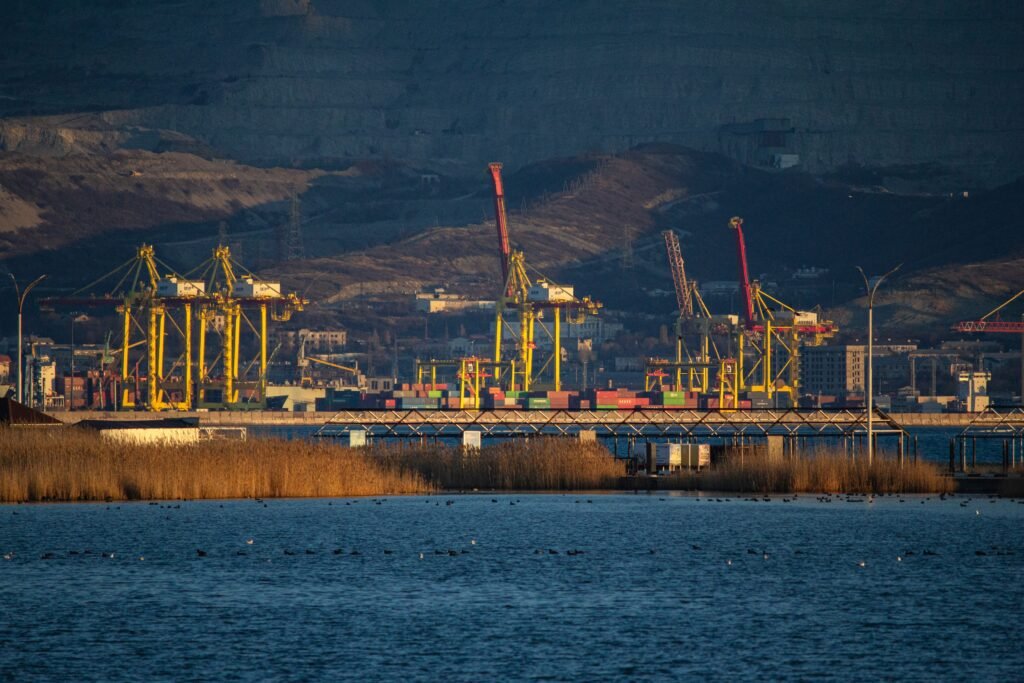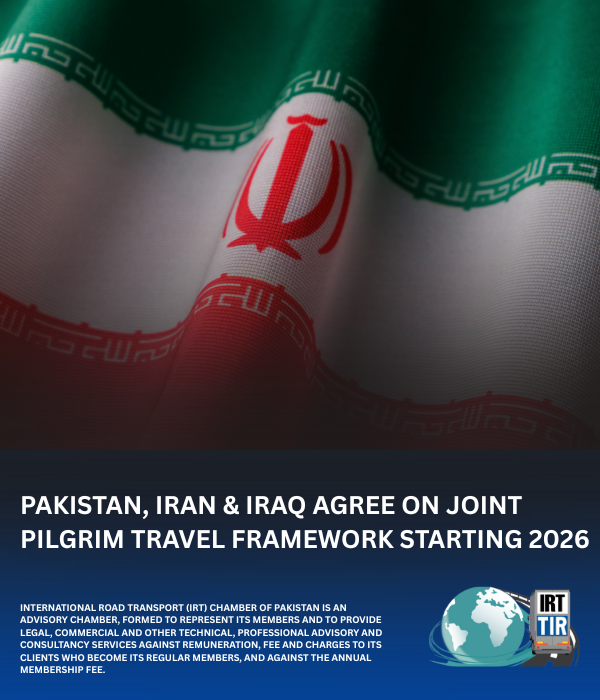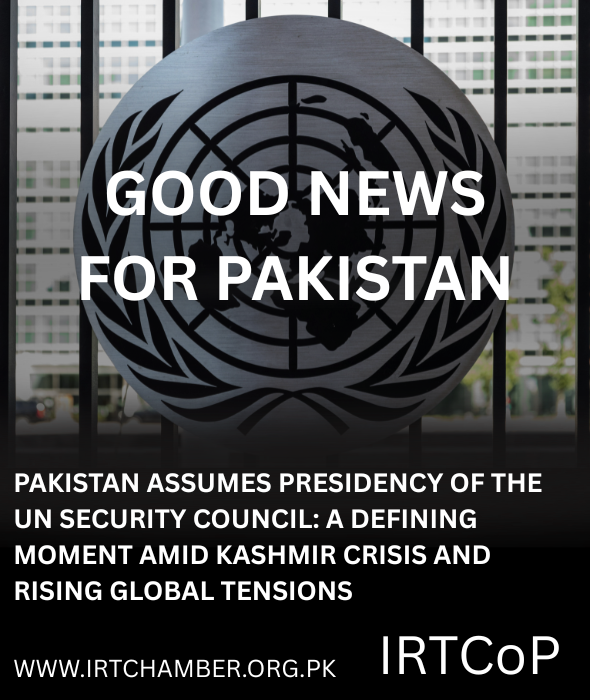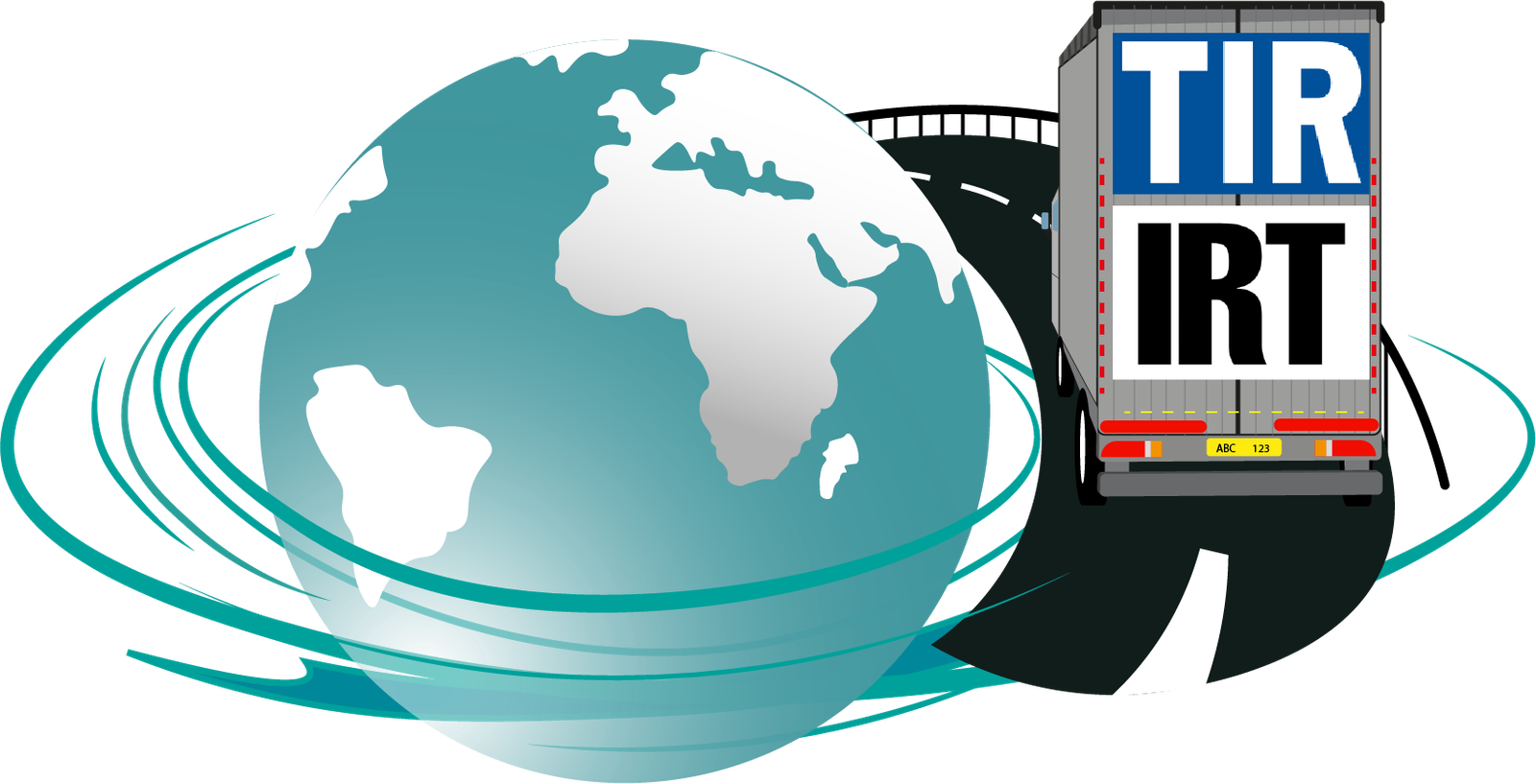In a groundbreaking move that could reshape the geopolitical landscape of the Middle East, China and Iran signed a 25-year strategic partnership agreement in March 2021, involving $400 billion in Chinese investments across multiple Iranian sectors. This monumental pact, forged in Tehran between China’s Foreign Minister Wang Yi and Iran’s then-Foreign Minister Javad Zarif, signals not only deepening economic ties but also growing Chinese influence in a region traditionally dominated by the United States.

A Historic Economic Pact
Under the agreement, China commits to investing approximately $400 billion in Iran’s energy, infrastructure, telecommunications, banking, transportation, health care, and information technology sectors over the next quarter-century. In return, China will receive a steady, heavily discounted supply of Iranian oil, securing vital energy resources to support its own economic growth.
Although full details of the deal were not officially disclosed at the time of signing, a leaked draft from 2020 highlighted the scope and scale of the collaboration. This includes joint military training and drills, shared weapons development, and intelligence cooperation — a rare level of military engagement between the two nations.
Implications for U.S. Sanctions and Global Diplomacy
The agreement arrives at a time when Iran is under heavy economic sanctions imposed by the United States, primarily due to its nuclear program. These sanctions have crippled Iran’s economy, restricted foreign investments, and isolated it from much of the global financial system.
By aligning with China — a global superpower and permanent member of the UN Security Council — Iran gains a lifeline to bypass U.S.-led sanctions. Beijing, in turn, bolsters its strategic position in the Middle East by counterbalancing U.S. influence, which has long shaped the region’s politics, security, and trade.
President Biden’s administration has expressed interest in re-entering the 2015 Joint Comprehensive Plan of Action (JCPOA), also known as the Iran nuclear deal, which was abandoned by the Trump administration. However, Iran insists that the U.S. must lift sanctions first — a stance supported by China. This joint resistance against unilateral U.S. policies underscores a potential shift toward a multipolar world order.
Domestic Response and Strategic Concerns
Inside Iran, the China deal has sparked both optimism and criticism. While officials like Hesamoddin Ashena, a senior advisor to President Rouhani, praised the agreement as a diplomatic success that underscores Iran’s global relevance, critics voiced concern that the government may be sacrificing too much sovereignty for economic relief.
Despite domestic skepticism, Iranian leadership has emphasized the long-term strategic benefits of the agreement, positioning it as a cornerstone of Iran’s “Look East” policy — a pivot toward stronger ties with non-Western allies.
China’s Expanding Regional Role
Foreign Minister Wang Yi’s visit to Iran was part of a broader diplomatic tour of the Middle East, including Saudi Arabia, Turkey, the UAE, Bahrain, and Oman. China’s readiness to mediate regional conflicts, such as the Israeli-Palestinian issue, and its proposal to host direct talks, reflects Beijing’s ambitions to be more than just a trade partner — it aims to be a geopolitical power broker.
With this agreement, China cements its role as a long-term player in Middle Eastern affairs, diversifying its Belt and Road Initiative (BRI) and securing access to strategic maritime and land-based trade routes.
The Role of IRTCoP in Facilitating Cross-Border Transport
Amid these developments, the International Road Transport Chamber of Pakistan (IRTCoP) plays a pivotal role in enhancing regional connectivity. As a promoter of the TIR (Transports Internationaux Routiers) license framework, IRTCoP ensures the smooth movement of goods across borders, including between China, Pakistan, and Iran.
With this China-Iran agreement potentially increasing trade flow across the region, the TIR system — which allows goods to transit across multiple countries with minimal border checks — becomes even more crucial. IRTCoP’s continued efforts to streamline customs processes and promote the TIR system will be essential in turning geopolitical strategies into practical economic gains, especially for regional stakeholders like Pakistan.
Conclusion
The $400 billion China-Iran agreement marks a turning point in Middle Eastern geopolitics. It not only opens new economic avenues for Iran but also signals China’s deeper engagement in a region long dominated by Western powers. As global dynamics shift, regional infrastructure and trade enablers like IRTCoP will become key players in shaping the future of intercontinental commerce and diplomacy.






